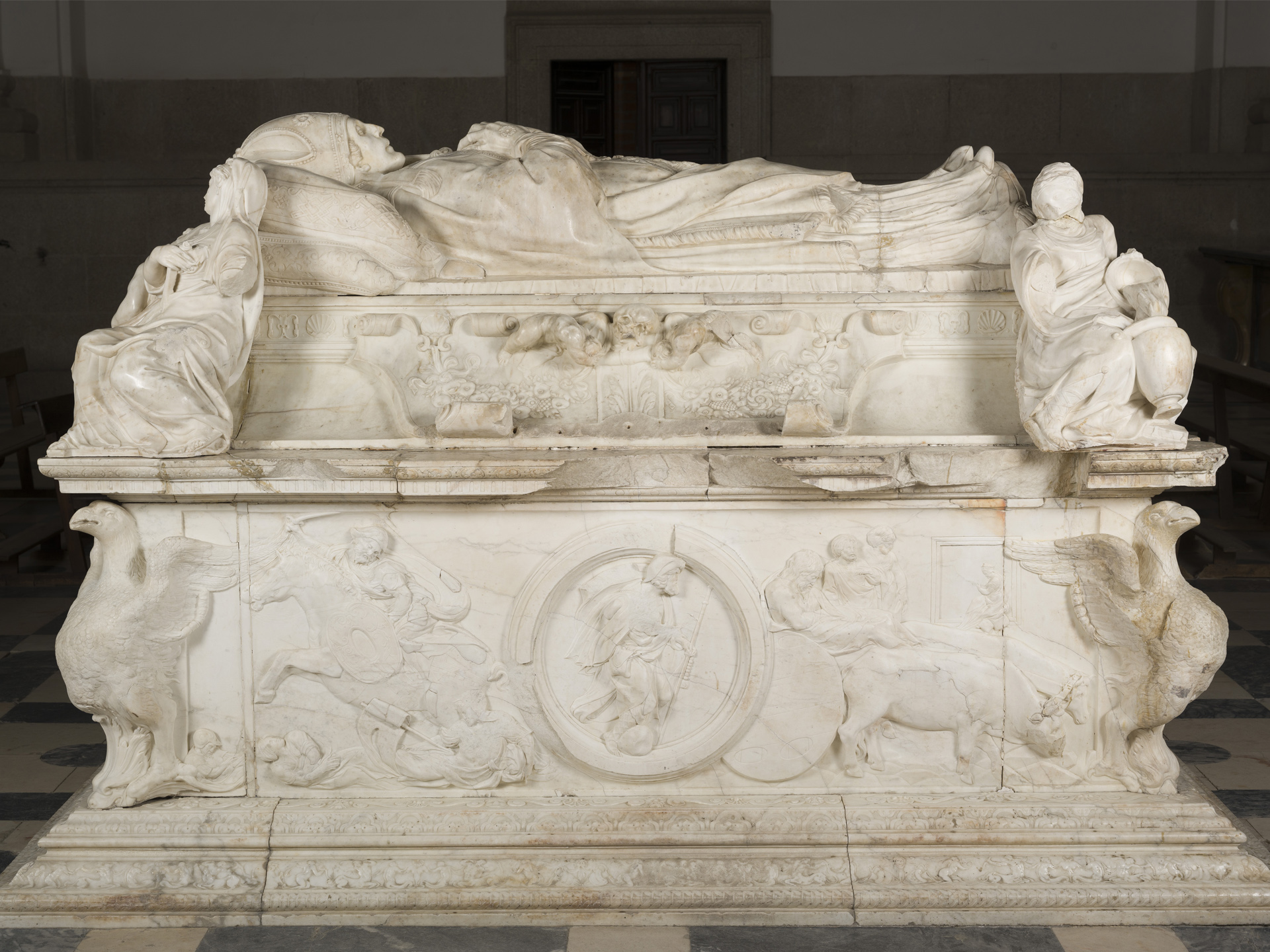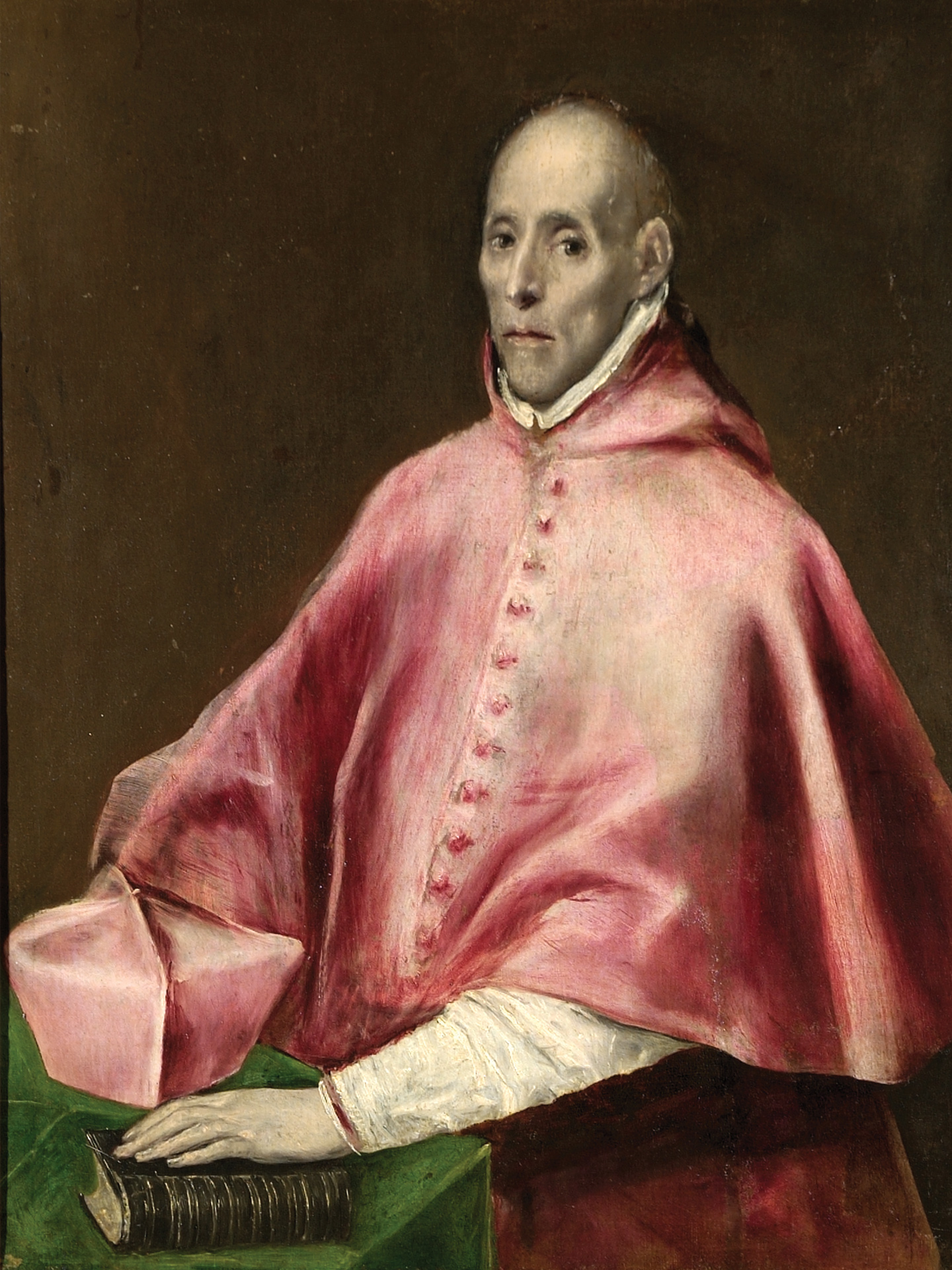Cardinal Tavera
Juan Pardo Tavera (1472-1545)
"I did not know that anything of importance happened in the world this year, everything was suspended and attentive to the birth of the Cardinal, so that he would be the most notable event and take with him all the good that he could have had.". With this dithyramb, he describes the year 1472, in which the future Cardinal Tavera, the penitentiary canon of the Primate Cathedral and administrator of the Hospital San Juan Bautista, was born, Pedro Salazar de Mendozain the hagiography which he dedicated to its founder, published in Toledo in 1603, a work on which we still depend too much.
Born in Toro (Zamora), he lost his father when he was only a few years old, so the family moved to Madrigal de las Altas Torres, where he began to work with his father. his Grammar studies which he will complete in Salamanca.He studied Latin, rhetoric and canons. In 1504, at this university, he was awarded the degree in DecreesHe is also elected as its rector.
At the beginning of his career, until he made a name for himself at Court, he was assisted by the protection of his uncle, Fray Diego de Deza. This Dominican, who, in the 1480s, had begun his career at court as a preceptor of the first-born and only son of the Catholic Monarchs, the ill-fated Prince Don Juan, culminated its cursus honorum ecclesiastical as Inquisitor Generalin 1498, and Archbishop of Sevillein 1504.
He accompanied his uncle to Sevillewhere he benefited from a canonry first, a chantría then and finally the appointment as Vicar General. The most important task of this period was the visit to the Royal Chancery of Valladolid, during which Tavera adopted the principles of administrative reform that he would later apply as president of the Royal Council. Hoping to receive the presidency of this Chancillería so that he could complete his work by implementing the reforms, he was somewhat disappointed to be elevated to the modest bishopric of Ciudad Rodrigo.
On the death of Ferdinand the Catholic, he entered the service of Charles V He soon won her confidence, for in 1521, he entrusted him with a diplomatic mission to Portugal. On the occasion of the trip to pay condolences to his elder sister, Queen Eleanor, who had just been widowed commissioned him to initiate talks for a double marriage.her younger sister's, the Infanta CatalinaThe first was with the new King of Portugal, John III, and his own with the latter's sister, the Infanta Isabel.
It must have pleased the emperor, because on his return he was appointed as a president of the Real Chancillería de Valladolid (Royal Chancery of Valladolid) y Bishop of Osma and, shortly afterwards, Archbishop of Santiago and finally, in 1524, President of the Royal Councilfrom where he implemented the aforementioned administrative reforms. From then on he became the main support of the Empress Isabella during the frequent absences of Charles the Caesar. In 1531 the emperor informed him by letter that "His Holiness granted me the cardinal's capelet for you which I begged him"He reached the zenith of his ecclesiastical career.
In the 1530s the new cardinal's main court supporter was the emperor's universal secretary, Francisco de los Cobos, who, upon the death of Alonso de Fonseca, supported him to occupy the archiepiscopal chair of Toledo in 1534. At the end of that decade, the emperor, fearing an excessive concentration of power in Tavera's hands, removed him from the presidency of Castile, compensating him by giving him the post of inquisitor general. This move is explained by the emperor's subsequent orders, which made Tavera effective regent in his absence, at a time when the union of Cobos and Tavera was breaking up, each fighting to promote creatures of his faction. In the last years of his life he paid greater attention to the affairs of his archdiocese and to his hospital project for "the headdresses of different diseases". Died 1 August 1545in Valladolid, where he had gone to officiate at the christening of Prince Philip's first-born son (future Philip II), the infant Charles, and the funeral of his mother, the princess Maria Manuela de Portugaldead after childbirth.
In his will he established that his body would be deposited in the main chapel of the Collegiate Church of Santa María in Valladolid, until his remains could be transferred to the ".chapel designed to be built in the hospital of Sant Joan that I have had erected and is being built outside the walls of the city of Toledo."i.e. the one we know today as the Tavera HospitalThe monument he built to perpetuate his memory and which, after having considered different burial projects throughout his life, he finally chose as a memorial for his memory. dwelling place for eternity.



